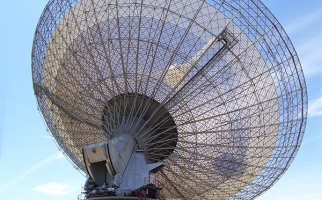
The Search for Extraterrestrial Intelligence - and How You Can Help!
STEM Explained
When astronomers search for extraterrestrial life, they often have to listen for radio waves coming from deep space. If you’re interested, you can help!

The Benefits of Going Outside
STEM Explained
Spending time outside has important physical and psychological benefits. It can even help you learn better!

The Surprising Reason You Feel Awful When You're Sick
STEM Explained
Viruses can make you feel awful! This article explains how feeling bad might be your immune system’s way of helping you heal.

The Chemistry of Lipstick
STEM Explained
Learn about the organic compounds that make up lipstick as well as about some of the chemistry that goes into this popular cosmetic.

The Cold Pack: A Chilly Example of an Endothermic Reaction
STEM Explained
When you hurt your ankle, thermodynamics can help you heal! An endothermic reaction reduces the swelling by cooling your injury.

Temperature: On Earth and on the Space Station
Backgrounders
This backgrounder explains what temperature is, how it is measured, how it affects people, and how it is controlled on the International Space Station.
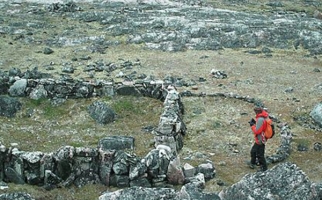
The Dating Habits of Archaeologists
STEM Explained
Radiocarbon dating is a method of radiometric dating. Learn how archaeologists use carbon isotopes to find the age of organic materials at archaeological sites.

Temperature on Earth and on the ISS
Backgrounders
Temperature is an important part of life on Earth and life in space. This backgrounder explains what temperature is, how it affects people and how it is controlled on the International Space Station.
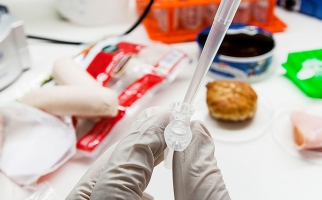
The Classification of Life: From Linnaeus to DNA Barcoding
Backgrounders
Learn about two taxonomy systems that scientists use to classify the life around us.
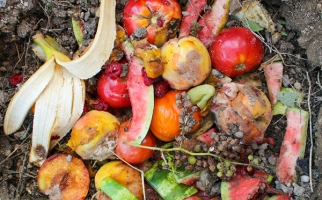
The Environmental Impact of Wasted Food
STEM Explained
One-third of all food produced is wasted. Learn about the environmental consequences of food waste, and what you can do about it.

The Genius of Mendeleev's Table
STEM Explained
Dmitri Mendeleev’s version of the periodic table was brilliant - find out why!
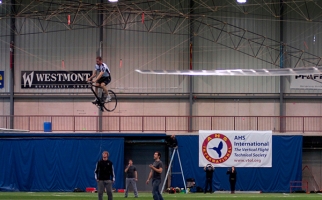
The Hovering Human
STEM Explained
Learn how a team of Canadian engineers used Bernoulli’s Principle to design a human-powered helicopter. It set a world record for human-powered hovering flight!

The Immune Response
STEM Explained
When you cut your finger, your immune system kicks in to protect you from pathogens.
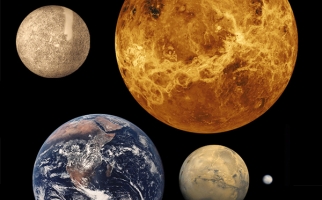
The Inner Solar System
STEM Explained
Earth is covered in rocks. So are Mercury, Venus, Mars and the Moon. Does that mean the rocky planets are all the same?
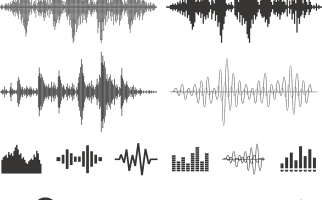
Sound vs. Noise
STEM Explained
What is the difference between sound and noise? How do they affect your hearing? And is noise always a bad thing?